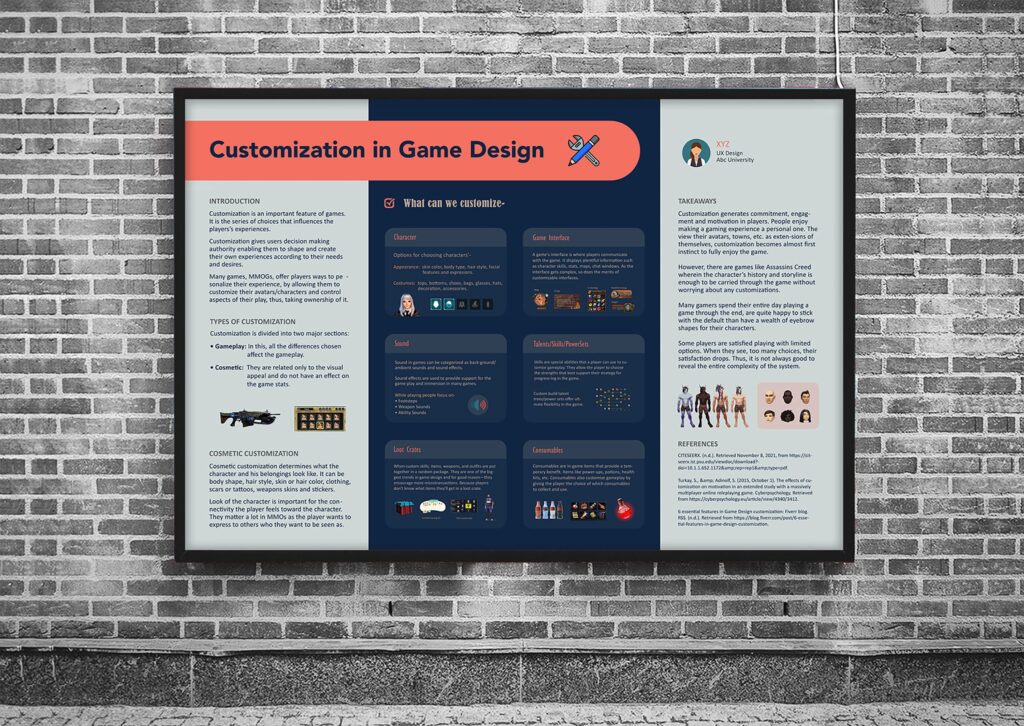Level design is an essential aspect of video game development that shapes the player’s experience. It involves creating the different stages, environment, puzzles, and challenges of the game to guide players through the journey with a sense of progression and accomplishment. It is a critical aspect of game design that sets the stage for the player’s experience. Game designers aim to create a game that is fun, engaging and challenging by balancing challenge and reward, designing visually appealing levels, including puzzles, obstacles, and challenges that require the player to use different gameplay mechanics. Good level design should provide a sense of immersion, flow, and pacing.
Introduction
Level design is an essential aspect of video game development that shapes the player’s experience. It involves creating the different levels or stages of the game, including the environment, puzzles, and challenges that the player must overcome in order to progress through the game. Video game designers carefully craft levels to guide the player’s journey through the game and create an immersive experience that keeps players engaged.
Game Design and Level Design
Game design is a multi-disciplinary field that involves the integration of many different elements, including story, art, sound, gameplay, and technology. Level design is a critical aspect of game design, as it sets the stage for the player’s experience.
Design Goals
The goals of the game designer and level designer are to create a game that is fun, engaging, and challenging. To achieve these goals, the designer must craft levels that are interesting, visually appealing, and offer a variety of gameplay experiences. A good level design should create a sense of flow and progression, leading the player from one area to the next with a clear understanding of what needs to be done to progress through the game.
Elements of Level Design
There are several elements of level design that game designers must consider:
Environment
The environment is the backdrop for the game, and it should be designed to reflect the story and overall theme of the game. The environment should also provide the player with a sense of immersion and depth.
Gameplay Mechanics
The gameplay mechanics are the rules and systems that govern the game. The level designer must balance the game mechanics with the environment and create challenges that require the player to use different mechanics to progress.
Obstacles and Challenges
Obstacles and challenges are the things that the player must overcome to progress through the game. These should be designed, so they are not too easy or too difficult, providing the player with a sense of accomplishment when they are overcome.
Puzzle Design
Puzzle design is another important aspect of level design. Puzzles should be challenging but also intuitive, so the player can understand what needs to be done to solve them.
Level Layout
The level layout is how the different areas of the game are connected. The level designer must create a cohesive experience that guides the player through the game while also providing opportunities for exploration and discovery.
Player Experience
The player experience is the ultimate goal of level design. The level designer must create levels that challenge the player while also providing a sense of accomplishment when they are successfully completed. Good level design should provide the player with a sense of progression and accomplishment as they progress through the game.
Flow and Pacing
The level designer must create a sense of flow and pacing, leading the player from one area to the next. This provides a sense of progression and helps keep the player engaged in the game.
Immersion
The environment and gameplay mechanics should provide the player with a sense of immersion, helping them feel like they are part of the game world. This makes the player experience more enjoyable and memorable.
Challenge and Reward
The level designer must balance challenge and reward in the game. Too much difficulty can frustrate the player, while too little can lead to boredom. The level designer must carefully design levels to ensure that there is a balance between challenge and reward.
Conclusion
In conclusion, level design is a critical aspect of video game development that shapes the player’s experience. The level designer must carefully craft levels to guide the player through the game and create a sense of immersion, flow, and progression. By balancing challenge and reward and designing levels that are interesting and visually appealing, the level designer can create a memorable and enjoyable player experience.
